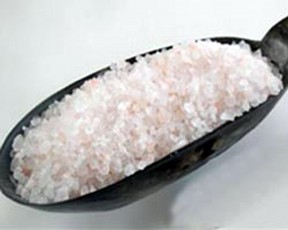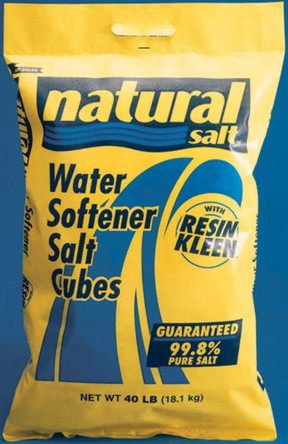[KHTS] – Residents have turned in more than 8,000 water softeners since 2005, which could save the district tens of millions of dollars, a Sanitation District official said Thursday.
But there’s still anywhere from 250 to 625 of the contraband water-treatment devices still out there, according to officials’ estimates.
And Sanitation District engineers want to remind people that there’s still a little fiscal reward available if they forgo their salt-discharging water softener.
“I think the community has really stepped up big time, and it’s really just a small handful (of water softeners) that are out there,” said Basil Hewitt, senior engineer for the Santa Clarita Valley Sanitation District.
“We want people to take advantage of these rebates, because it’s more cost effective to put out (the softeners) than it is to do a higher level of treatment,” he added, referring to the state-mandated chloride level from the state’s Regional Water Quality Control Board.
The less treatment necessary for our water, the less cost that’s associated with removing chloride from the SCV’s watershed, Hewitt said.
Officials estimate the removal of about 8,000 water softeners has lowered the amount of chloride in our water about 50 milligrams per liter.
That constitutes an approximate savings of about $75 million for the taxpayers, Hewitt said, due to the additional size of the facility necessary to lower the chloride load to the state-issued 100 milligrams per liter limit for chloride.
The remaining softeners represent a difference of about two to five milligrams per liter, based on Sanitation District measurements at the two treatment facilities in the Santa Clarita Valley, said Preeti Ghuman, civil engineer in our industrial waste division.
The water-softener to chloride ratio is about 125 water softeners to one milligram, she said, noting that the determinations are made by taking water measurements throughout the day, measuring them and then evaluating the difference in the levels.
The softeners discharge in the morning, she said, creating a measurable morning surge that engineers can compare with an afternoon level to determine a difference.
The district is releasing a report in November that will detail the levels and the estimates on softeners, Ghuman said, noting that there are probably about 1,000 softeners out there, although many have been disconnected after the ordinance took effect in 2005.
The current rebate program, which offers $250 to $2,000 based on the value of the softener and a depreciation guide the district has devised, is detailed on the Sanitation District’s website.
Following the success of a pilot program that saw about 13 softeners per month removed in the last year, Sanitation District officials will begin taking part in voluntary inspections starting early next year.
The district is not knocking on random doors, she said, they have a database, created from old sales records and past water-softener rebate applications, which is used to determine where the remaining softeners might be.
“The ordinance does give us the ability to issue a (notice of violation) and issue a $1,000 fine and up to 30 days in jail.” Ghuman said. “We are calling them voluntary because we’re going to people’s homes and we’re asking if we can do an inspection,” adding that homeowners will be told why their house was chosen for an inspection.
“That’s our first round and then we’re going to go back (to homes where inspection was refused),” Ghuman said. “The only way to get off the list is to just let us do an inspection.”
Sanitation Inspectors Plan to Hunt Down Illegal Water Softeners

